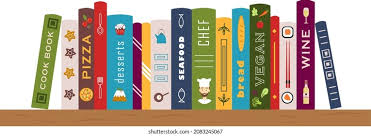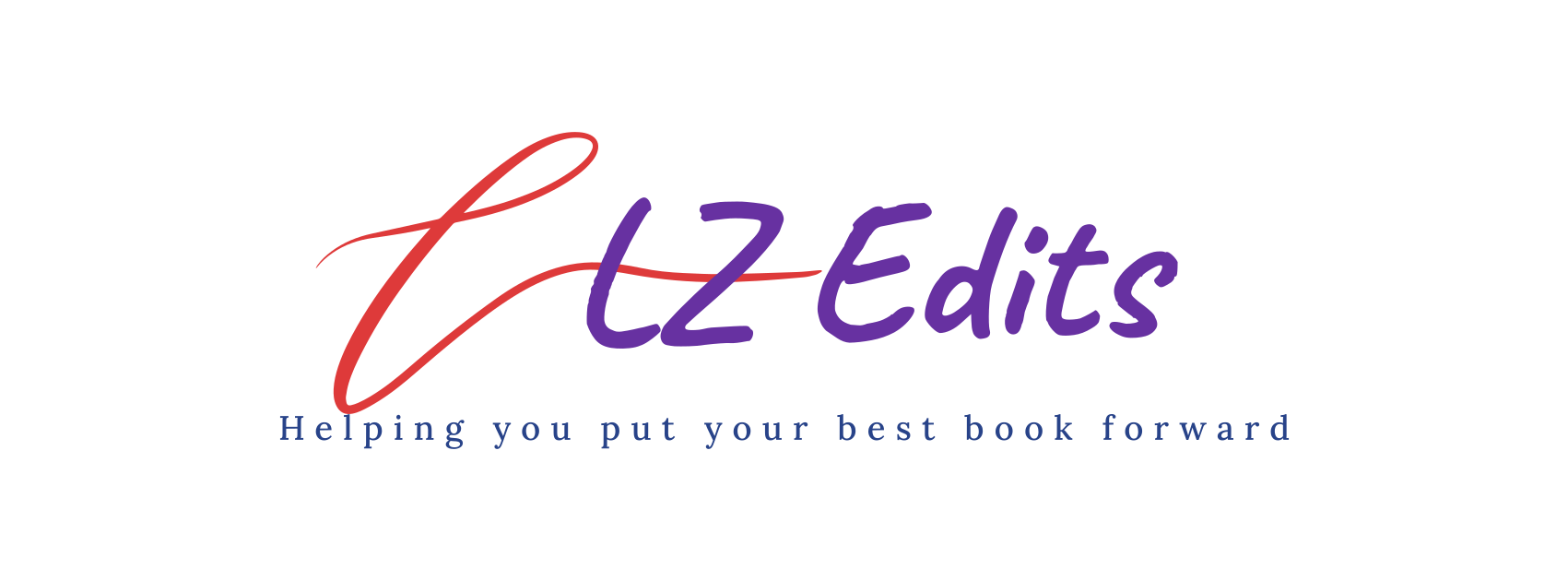In writing last week about creating your book blurb, I mentioned that having this information will come in handy when writing query letters. But perhaps you already decided to self-publish and figured you could skip that.
Don’t.
Finding readers (and buyers!) – whether they are acquisition editors at a traditional publisher or readers who enjoy the genre of your story and would stumble across it because of the almighty algorithms – you can only get someone to pick up your book if you can clearly make your book look like exactly the kind of reading experience they’re looking for. And put in on the shelf (virtual or physical) where they expect to find books like it.
Identifying key words, tropes, and properly categorizing your book’s genre(s)… all are part of marketing. The first biggest help is something that is requested in query letters: comparable or “comp” titles.
Comparable Titles

Comp titles are the names of books which can be considered comparable to yours. This is not identical, but similar – when it comes to one or more elements of the story. Elements that can be comparable are characters, plot, setting, even the story’s tone or style.
In book sales copy (or in query letters) you might see references like these:
- “Readers who love brooding heroes like Mr. Darcy in Pride and Prejudice will love Duke Beresford.”
- “Fans of historical fiction and power intrigue like G.R.R. Martin’s Game of Thrones will love my book”
- “If you’re a fan of the sweet holiday rom-com, you will love Stubbing My Mistletoe this holiday season.”
There’s often a lot of angst expressed by my clients when they are looking for comparative titles, but it’s not terribly difficult if you’re widely read. You have been influenced, and even inspired, by your personal love/hate relationship with certain characters and plots over many years. And even moreso in the genre you’re writing, because you love to read it. The process of finding comparative titles is all about recognizing those influences and leaning into them.
If your fictional characters and situations are inspired by people you know, think about who these people are like among your TV viewing, book reading, or moving watching. Readers won’t know your best friend, but if you describe your fictional character in your promo materials is “like Shaggy from Mystery Inc,” you’ll instantly make readers connect.
If your plot is “Ocean’s Eleven, but totes gay” then lean into that comparison and figure out which of your characters is your plot’s “Basher Tarr” or “Livingston Dell.”
In a book blurb, the most direct comparisons should stand out at the top. In a query letter, bring up the comparisons as you dive deep to explain each of the story’s captivating elements.
Categories and Tagging

If you’re going to self-publish, you definitely need categories and tags to get the distributors to put your book on the correct virtual shelf. You can figure out the categories for your book and hashtags, too, during your search for comparative titles. Look at the categories and tags used to sell those comparable titles and use the ones that fit your story.
CAUTION: Do NOT exaggerate similarities or claim labels that do not apply to your story. Misrepresenting your content leads to negative reviews and will be a death knell to your sales.
~ Lara
Discover more from LZ Edits | Editing Services
Subscribe to get the latest posts to your email.
